Not long ago, we talked with a group of managers and supervisors about the importance of giving feedback—one of our favorite subjects because it’s such a game-changer for making employees feel valued, appreciated, and inspired to do their best work. We gave the group a simple assignment: First, pair up with a fellow leader. Second, offer your partner feedback by using the framework, “I noticed X, which made me believe Y.” Third, ask, “What are your thoughts?”
Here are two of the coaching conversations that followed:
Feedback: “I noticed you double-checking the orders last night, which makes me feel like you really care about keeping our customers happy. What are your thoughts?”
Response: “Thank you! Checking orders feels like an easy way for me to help the business build a great reputation.”
Feedback: “I noticed you’ve only been giving one-word answers during meetings lately, which makes me feel like you’re frustrated. What are your thoughts?”
Response: “To be honest, I don’t like the new approach to X, and here’s why …”
Noticing opens the door to every kind of feedback
When we came back together to discuss the exercise, the response was amazing. Those who delivered noticing statements felt confident and compassionate, even when raising a potentially tricky topic. The folks who received feedback felt seen and heard, noticed and valued—and, as a result, open to solving any problem they were struggling with.
And this was just a practice session!
(Read this post for 10 more sentence starters for managers.)
We weren’t surprised to learn this exercise was a hit. Research shows that employees thrive when they get attention or feedback from leaders. (One of our favorite books, Nine Lies About Work: A Freethinking Leader’s Guide to the Real World by Marcus Buckingham and Ashley Goodall, is packed with fascinating insights on this subject.)
Why feedback is now more important than ever
Focusing on feedback is crucial these days, and here’s why. Many business leaders tell us they’re reluctant to provide feedback, because if they do, employees might get frustrated and quit. During the current labor shortage, they conclude it’s better to have A body than NO body. Have you felt that way?
We get it. But in Nine Lies, Buckingham and Goodall explain that when it comes to creating engagement, giving negative feedback (or negative attention) is 40x more effective at creating engagement than ignoring people or problems. And giving positive feedback (or positive attention) is 30x more effective than negative feedback. So, rather than ignoring or avoiding employees—intentionally or not—make the conscious decision to engage. Because a feedback void sounds like deafening silence, which leaves people feeling ignored, unvalued, and unappreciated.
(Read more about how feedback is the glue that holds companies together in this post.)
Employees need and want regular feedback
That’s why we rely on “I noticed” statements. This framework lets you talk with someone about any kind of behavior—good, bad, or otherwise. The simple act of sharing an observation, followed by a gentle inquiry, instantly shows you care. It creates connection, sparks conversation, and invites problem-solving. Most of all, it demonstrates that you lead with curiosity, compassion, and empathy—which is what every employee deserves.
(Read this post to learn how feedback training helped give Len Busch Roses a competitive advantage.)
A participant in our leadership development program shared his experience with us. As a manager at a lumber yard he admitted something we’ve heard from countless other leaders. “I used to avoid ever giving feedback,” he said. “I was afraid that if I ticked someone off, they’d leave.”
Since learning the “I noticed” approach, this manager had been giving regular feedback to his team. He couldn’t believe the results. “My employees don’t hide from me anymore. They tell me they want more feedback. They really like getting it! Now, I know how to give it in a way that makes a difference.”
His feedback made our day. And we’re confident that you’ll have just as much success when you recognize employees in a way that’s powerful, persuasive, and positive—and truly good for business.
We help businesses develop and use simple, practical HR processes to create a thriving company culture and boost their bottom line. Email us to learn about our customized services.


